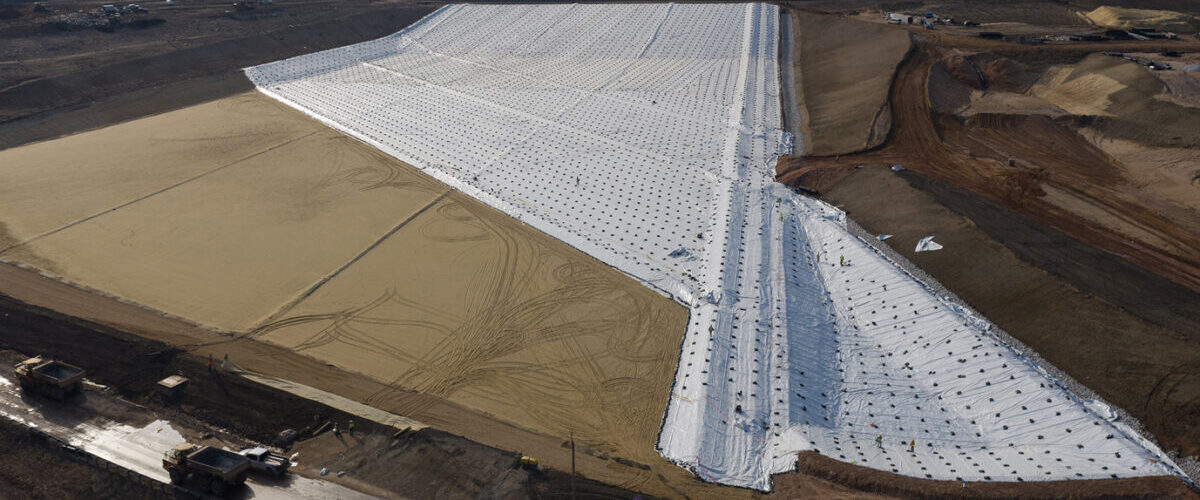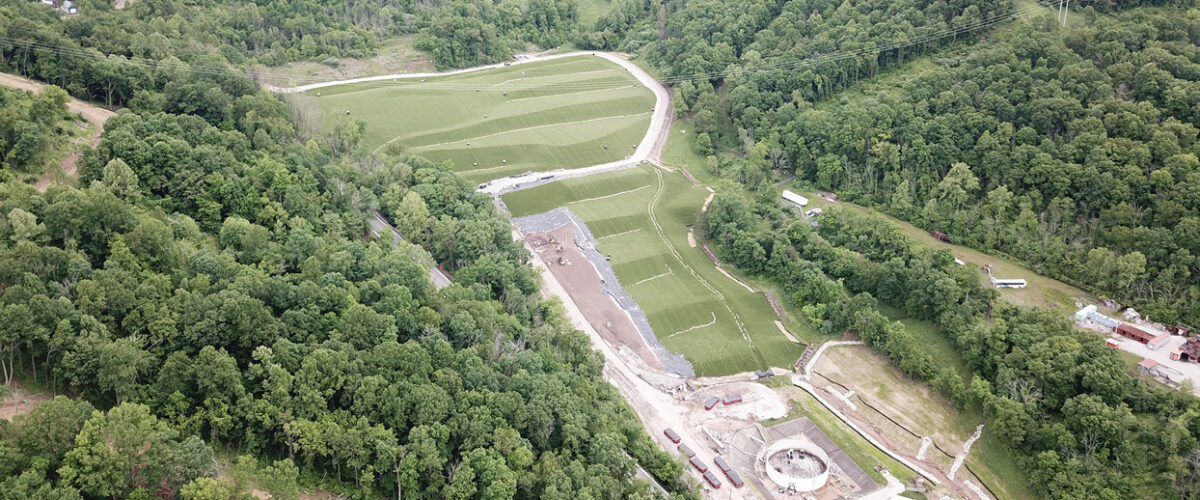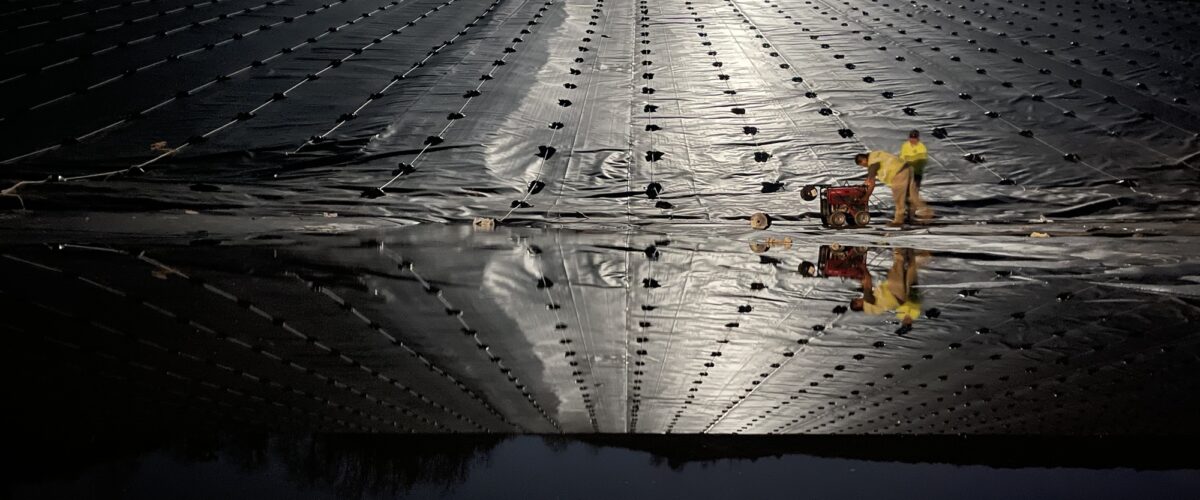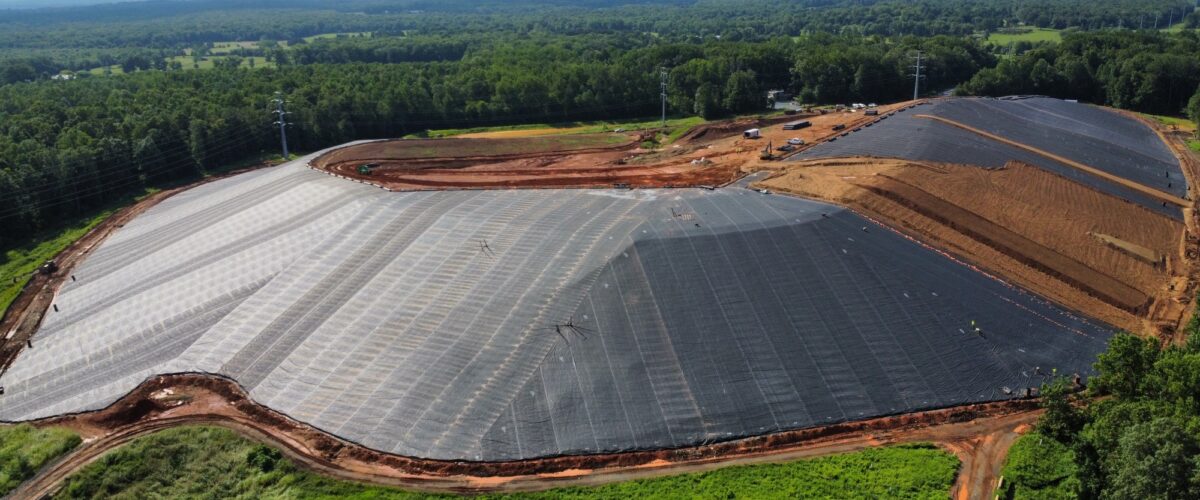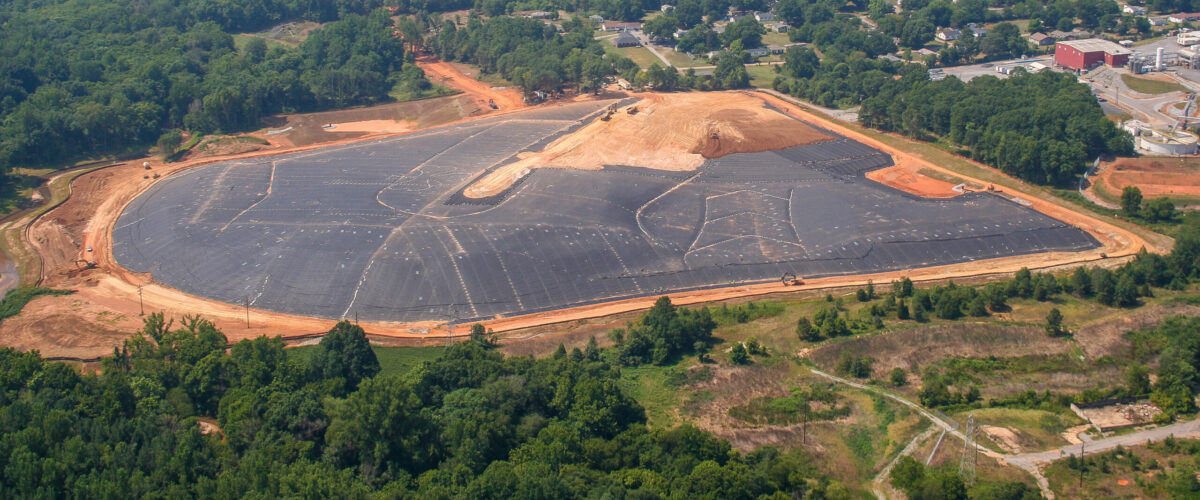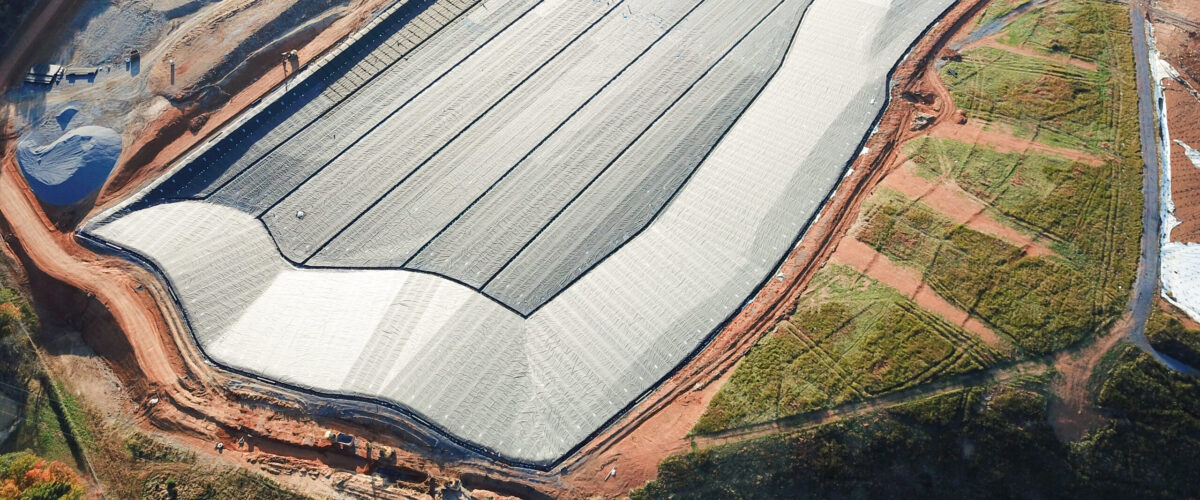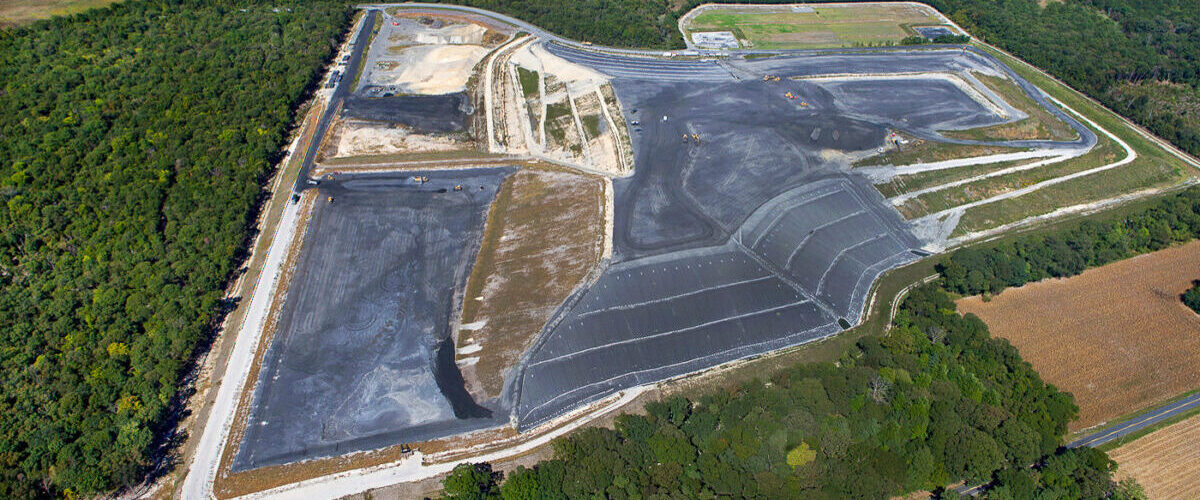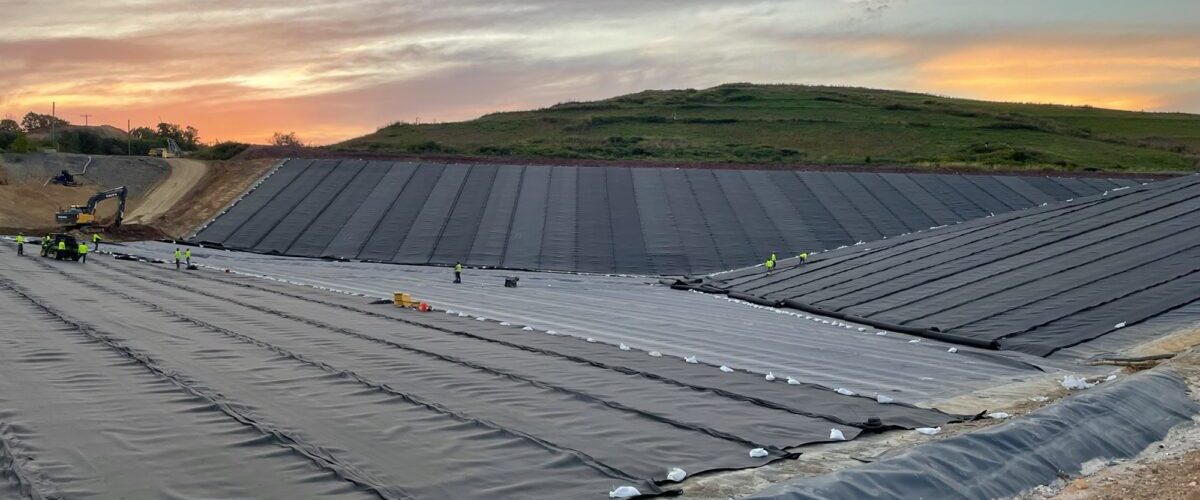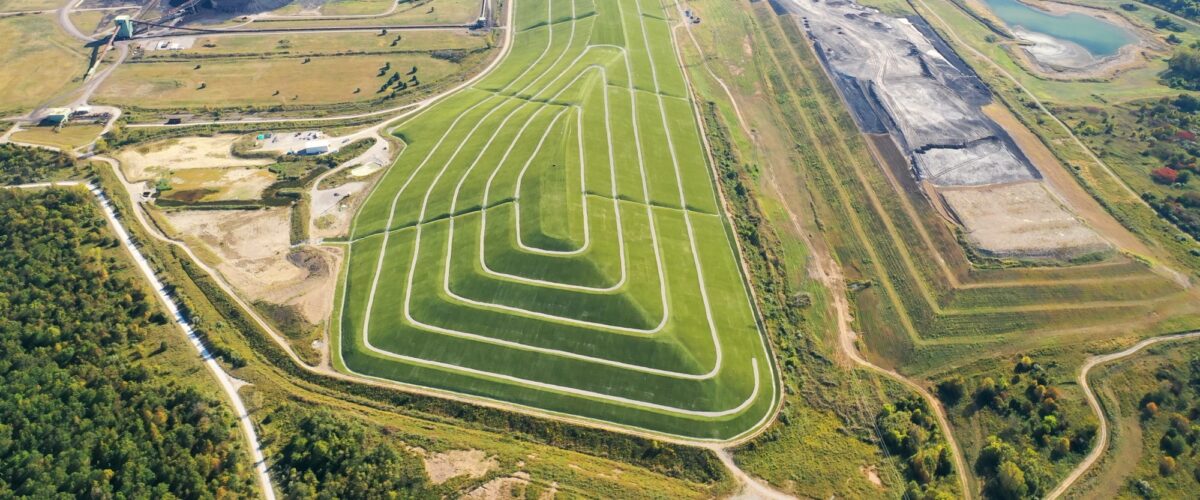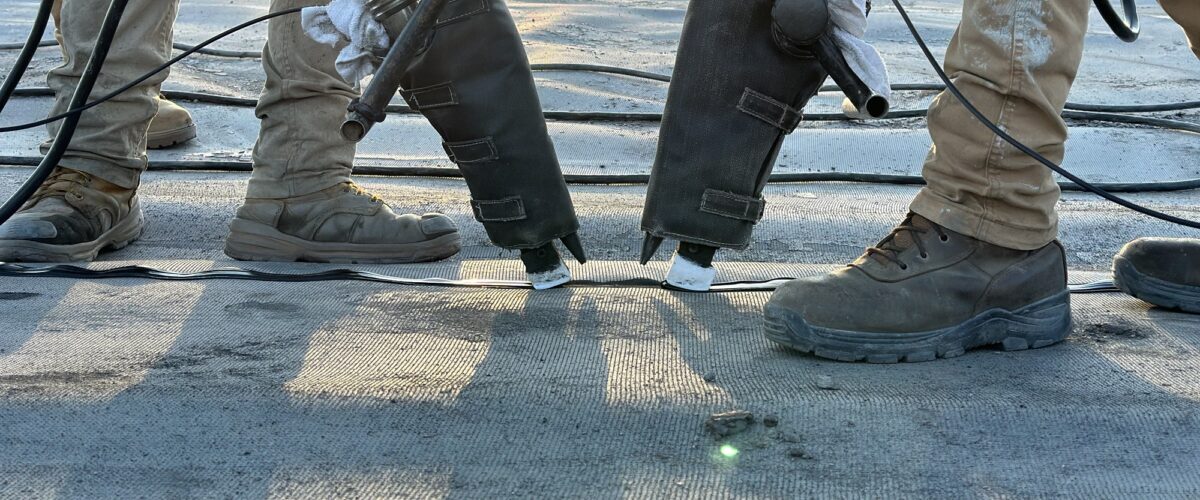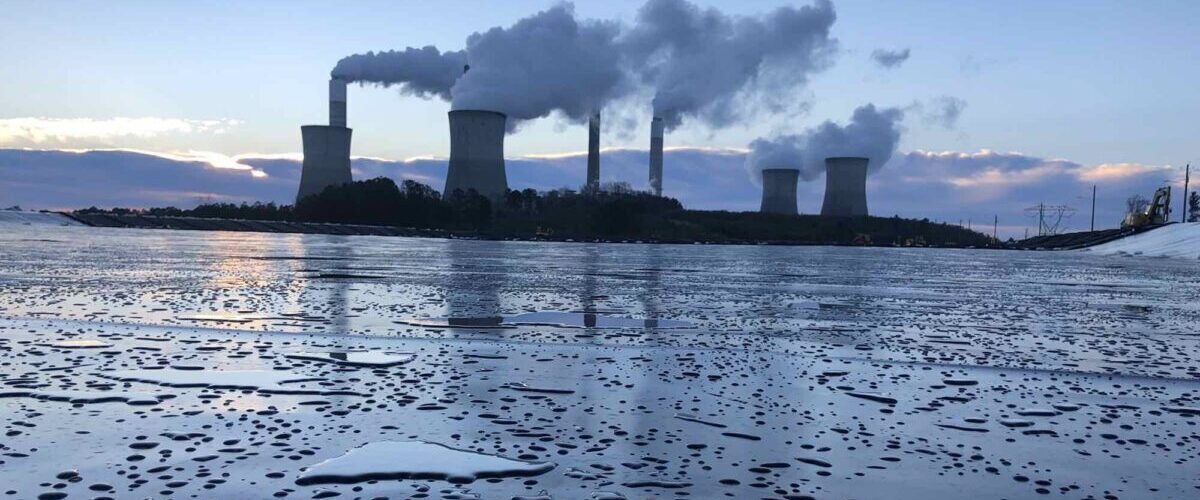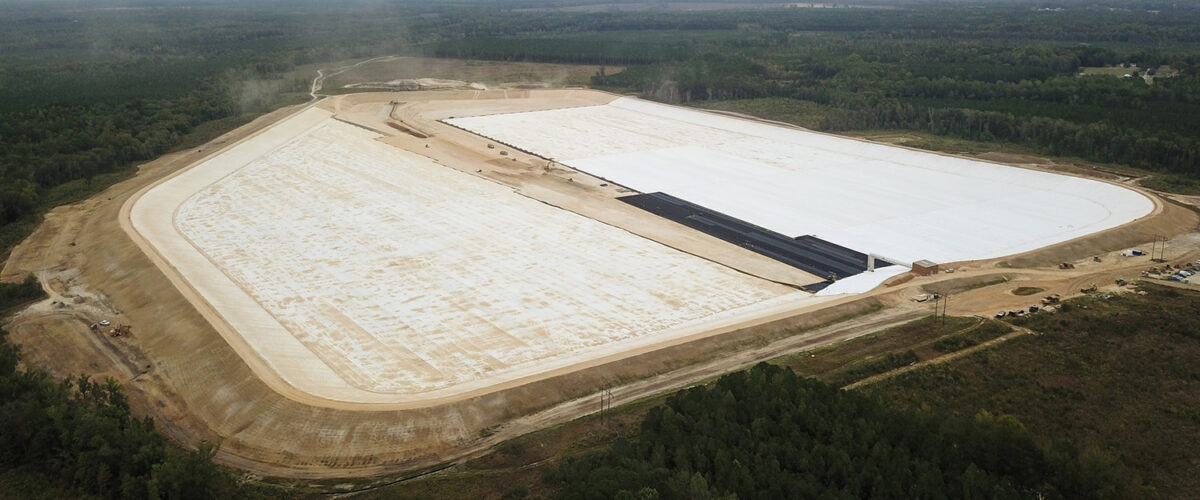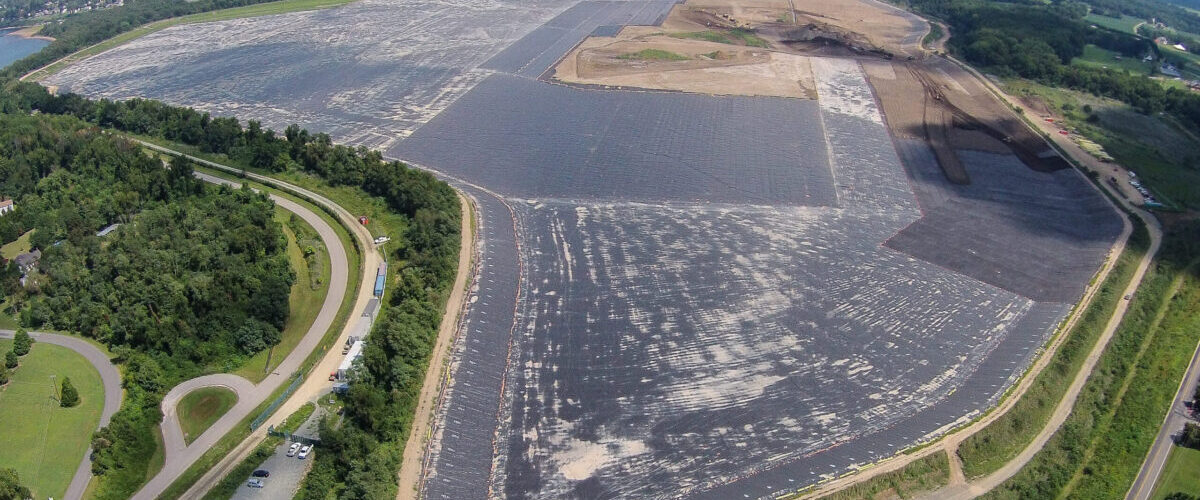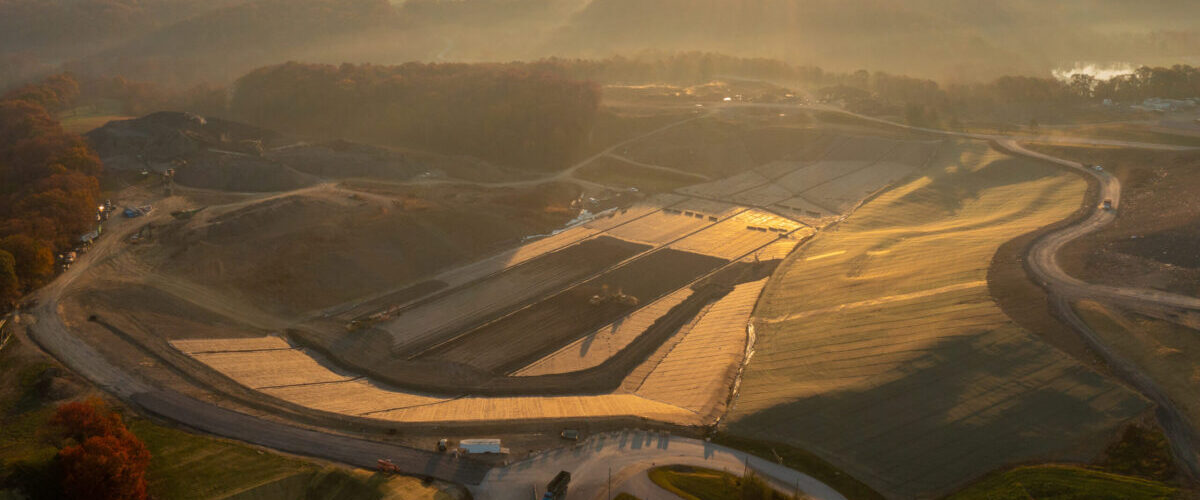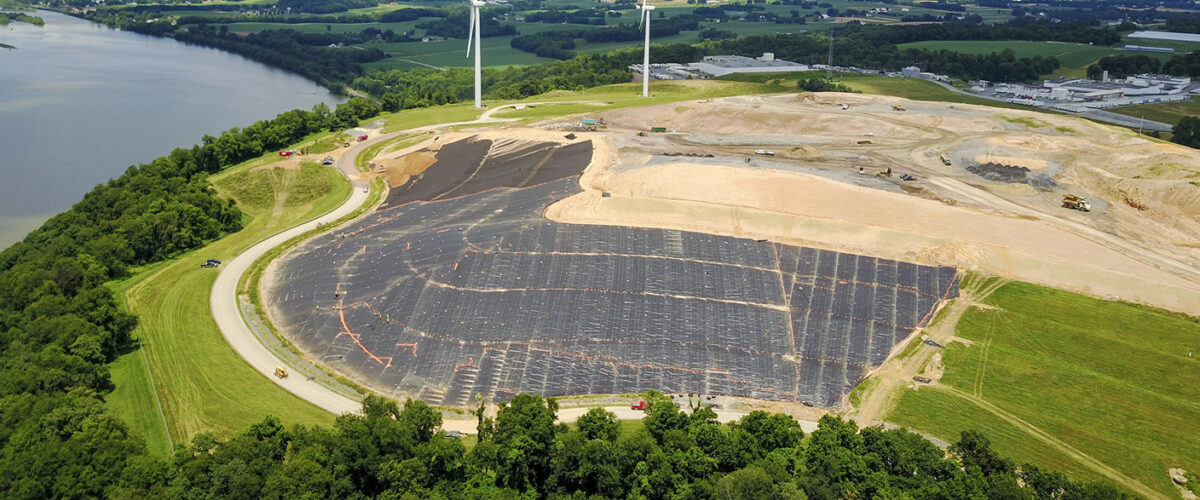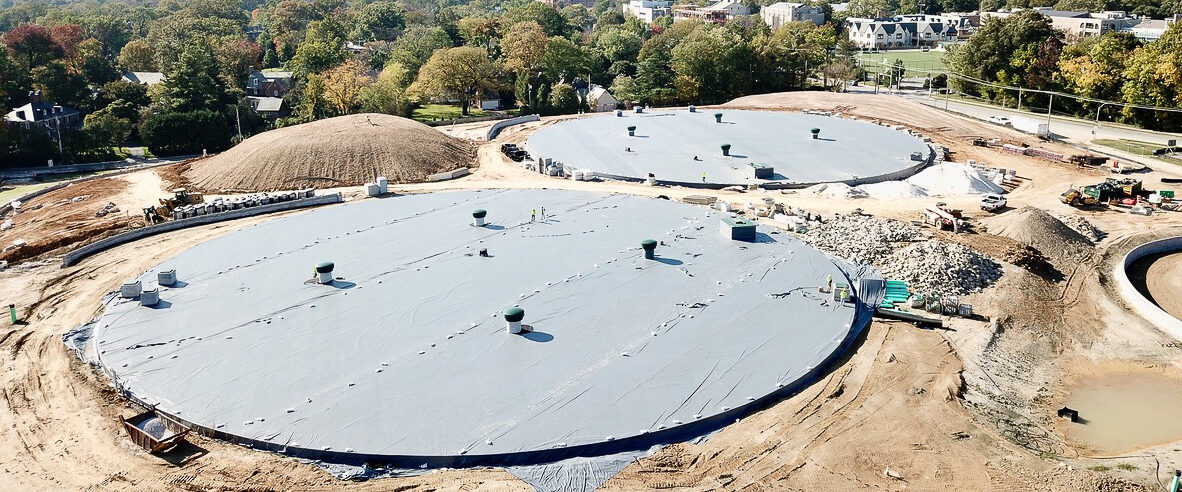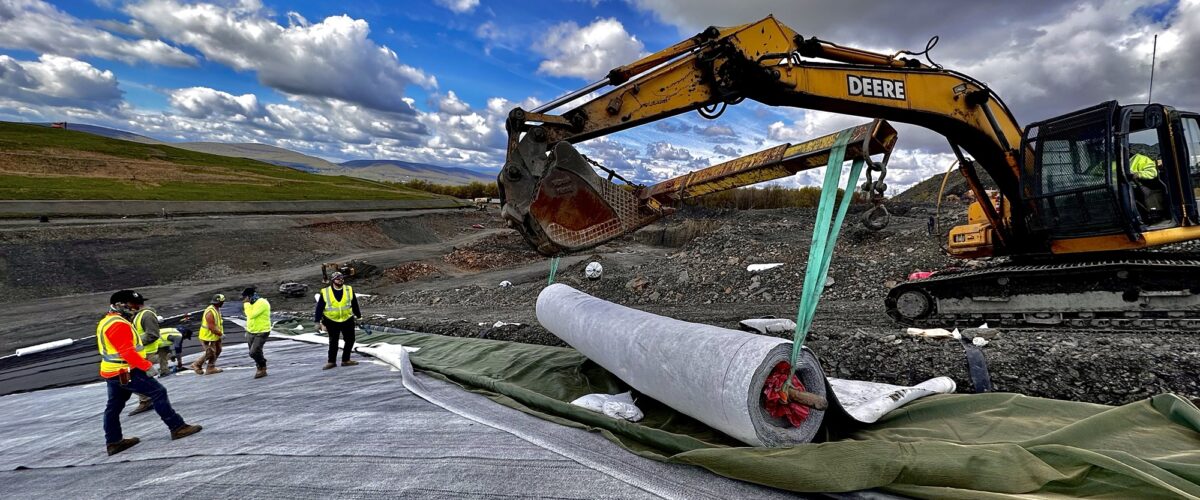Fabricated Geomembrane Institute (FGI) hosted a live panel discussion on Tuesday, December 8, 2020, regarding subgrade preparation and CQA/CQC for geomembranes.
Industry Leaders for Geosynthetics Installation
The live panel discussion included five industry leaders answering questions about subgrade requirements, problems, and approval before installing geosynthetics, as well as the proper CQC and CQA procedures for fabricated geosynthetics.
The panelists included Matt Kemnitz (Leak Location Services, Inc.), John Allen (Owens Corning), Kennedy Garber (Hallaton Environmental Linings), Brian Baille (Tencate Geosynthetics), Dave McLaury (DemTech Services, Inc.), and Moderator Timothy D. Stark (Univ. of Illinois at Urbana-Champaign).
More than 320 people called into the webinar discussion, demonstrating that good subgrade is of critical concern and importance to the overall success of geomembrane installation.
Subgrade Preparation Techniques
The discussion questions presented by the audience covered a variety of important topics related to proper subgrade preparation techniques to ensure successful liner installation and project longevity.
Panelists stressed the importance of making sure subgrade is free of debris, large protruding objects, sharp rocks and other items that could puncture geomembrane or interfere with seaming. The performance of the liner and strength of the seams are only as good as the subgrade they go on top of.
Top 3 Subgrade Preparation Issues
It was concluded that the 3 most common and costly subgrade preparation issues include:
- The presence of too much water
- Improper grading
- Sharp objects, rocks and other items that could cause damage to geosynthetic containment systems.
Regular walkthroughs and subgrade picking are essential steps that every good contractor, installer and CQA take before each new section of liner deployment. Once the subgrade is clear of debris, proper compaction and smoothing are also necessary to create a stable base to for deployment.
Who Approves Subgrade
There were several questions regarding who’s responsible for approving subgrade, and there seemed to be no right answer since each job is different. Sometimes the contract dictates acceptable subgrade conditions, down to maximum rock size. However, more often the responsibility of evaluating subgrade is a collective effort between the general contractor, the installer and CQA on site.
Ultimately, no installer should commence with liner deployment until the subgrade supports successful installation.
Additionally, the general contractor should be working closely with the installer to prepare subgrade based on the anticipated amount of liner being deployed each day. This prevents rain washouts and subgrade rework that’s often necessary when more dirt is exposed than the installer can realistically cover in a specified period of time. Good communication and planning by all goes a long way to minimize this.
Driving Equipment Across Installed Liner
Voids and depressions caused by driving equipment across the liner can also be problematic, causing areas where water can accumulate and other irregularities in the final product.
Hallaton’s Vice President of Construction, Kennedy Garber, indicated that ATVs are often used to deploy liner and can usually be driven on top of it safely with air removed from the tires, but driving large equipment on liner should be avoided to prevent punctures and irregularities in the subgrade.
He went on to say that it’s one of those things you really need to evaluate on site, but the general rule of thumb is to stay off installed liner as much as possible. Additionally, leaks can sometimes be difficult to detect when there are large voids where geomembrane is not in direct contact with the subgrade.
Frozen Subgrade and Liner Deployment
Working in inclement weather and particularly with frozen subgrade was also a topic of interest. While there may be some exceptions depending on the type of job, the general agreement by all panelists was that subgrade preparation and liner deployment is challenging when the ground is frozen.
In addition to the known difficulties of welding in freezing temperatures, black liner on frozen subgrade often creates a thawing and refreezing situation that leaves track marks, voids and other irregularities that cause additional problems. Again, good leak detection is also difficult when the ground is frozen due to the inability of the current to flow through it.
Sharing Geosynthetics Installation Expertise
The live panel discussion was full of good questions and answers from a variety of industry experts. FGI will be hosting a follow up podcast on Tuesday, December 15th to answer several additional questions related to subgrade that time did not permit last week.




